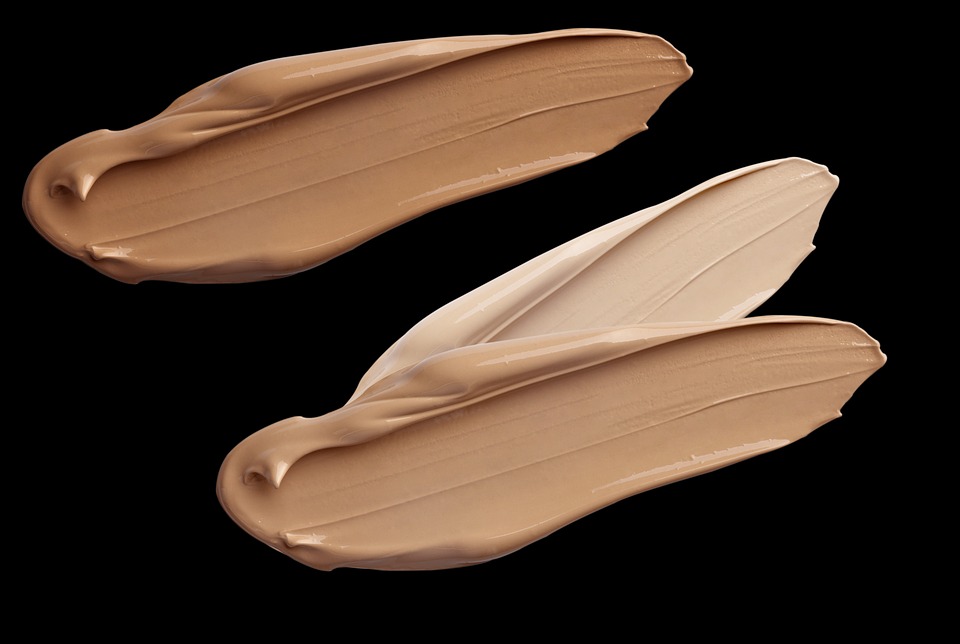Looking good is always a serious business. Having a flawless look is something many females aim for, but it doesn’t come that easy. There are prices to pay to achieve that smooth-looking face. To give the skin a smoother look and even out the tone of the skin, many women wear either powder or liquid foundation, and the choice is based on how compatible it is to your skin type.
After choosing a foundation type that is suitable for your skin, the next choice to make is which brand to go for among the sea of brands in the market. The liquid foundation with spf is advisable because it protects your skin from ultraviolet rays. Knowing the pros and cons of the top liquid foundations will help you make the best choice for your skin type.
Perhaps you are a newbie at wearing liquid foundation, or you want to get the process better, the next question on your mind is how to apply the foundation.
You will need few tools, and these include your fingers, a blending sponge, and fluffy brush.
-
Cleanse and moisturize your face before application
Makeup should always be applied to clean canvas, in this case, your face. Clean your face with any normal cleanser to remove any dirt residue and pat it dry. You can apply a moisturizer if you have dry skin, give the moisturizer few minutes to work before applying the foundation.
-
Use your fingers
It’s time to use your hand as a tool, especially if you want a light to medium coverage. Make sure to wash your hands thoroughly to get rid of dirt or bacteria. Put a little amount of the foundation on the back of your hand and use your fingertip to dab it over your face; two dabs on your forehead, two dabs on each cheek, one dab on your nose and one on your chin for even coverage. Now, evenly apply the foundation on your face in a pat and roll technique with your fingers (at least two fingers). Note that you are blending the foundation and not rubbing it in, so rub gently.
The pat and roll motion should be made upwards rather than downwards because pulling the skin downwards can get the skin sagged over time. You can also add more foundation to your face if need be. Make it a dab at a time.
-
Blend the foundation
Choose the correct blending sponge to apply liquid foundation. The most popular sponge is egg-shaped, and it is made of antimicrobial foam. This tool is preferable because it helps to apply the foundation evenly and leaves the face streak-free. You can find varieties of the sponge in a local drugstore or you could get if from a cosmetics retailer.
For best result, first dampen the sponge, immerse it totally in water, and squeeze out any excess water, or wrap it in a towel to remove the excess water. Blend the foundation with the sponge starting from the middle of the face to the nose and outwards to the hairline. Go between the eyebrows and tap it upwards to the forehead. Next, tap it on the chin and along the jawlines.
Use the sponge tip to apply the foundation into the smaller areas like creases of your nose, around the eyes to cover every inch.
Note: It is normal to have the face a little lighter than the rest of the body, but perhaps you find out that the foundation is too light compared to the rest of your body, gently blend it down to the neck or try to use a darker powder on top.
-
Allow your foundation to set
Just like any building foundation, you allow it to set before building further on it. Wait for like 2 to 3 minutes for the applied foundation to dry. You can blot it with a tissue if it is moist still and then go ahead to apply concealer to further mask any blemish or under eye circles. Gently tap and massage the concealer under the eye. You can finish off the look by applying a translucent powder with a puff or fluffy brush to your face and blend it in.
Summarily, getting the perfect choice of liquid foundation for your skin is very important. It is the first necessary step to achieving the flawless look you desire. It pays off to go through the guides to know which one best fits your skin type before moving to how you need to apply it. While applying your foundation, remember ‘less is more.’
